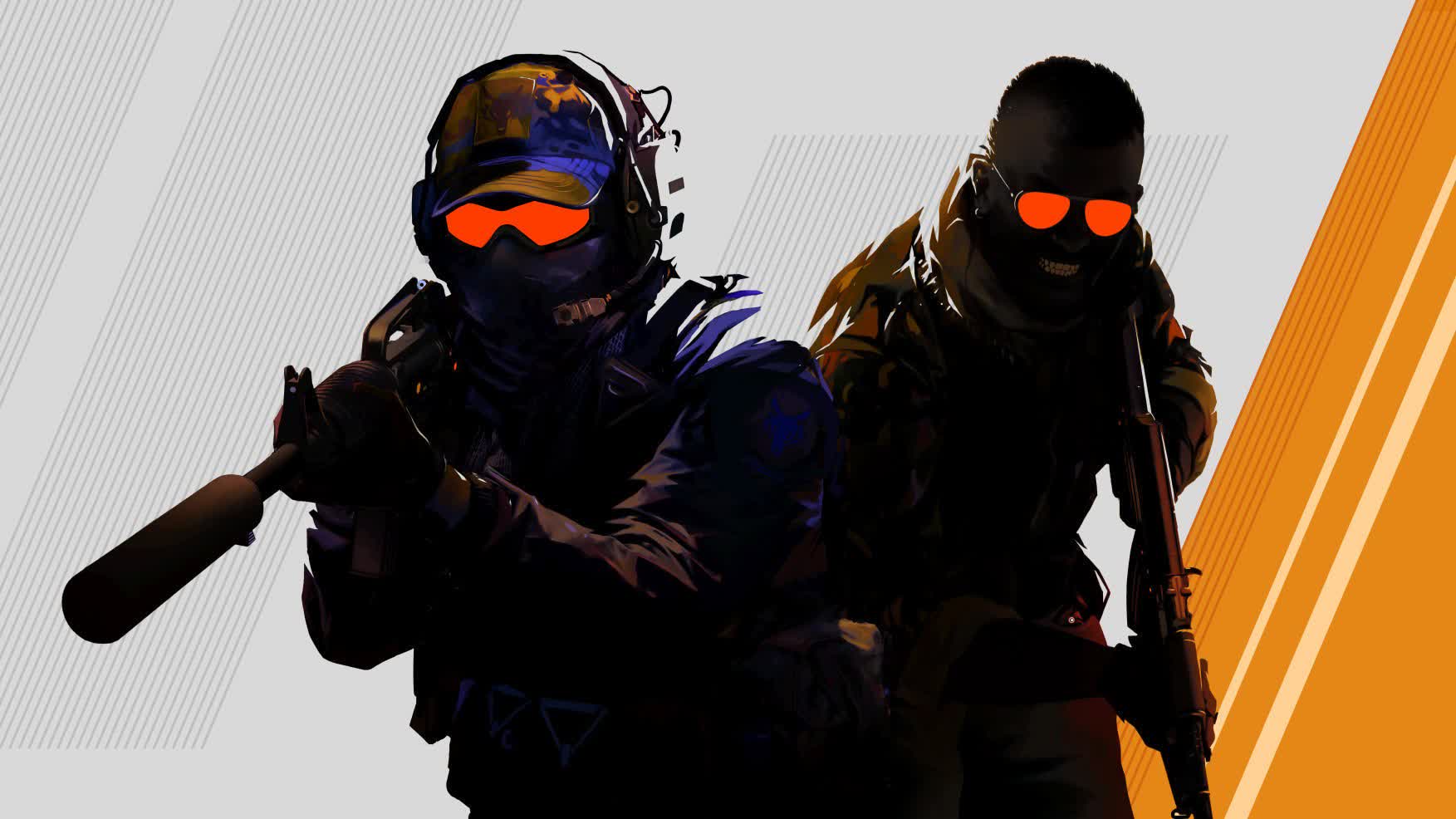Highly anticipated: Valve has lifted the curtain on the sequel to Steam's most popular game, CS:GO. Many details remain, but Valve has revealed some fundamental changes, including eliminating the tick rate. It isn't clear what will happen to the current version of the game, but everything players have earned carries over to the sequel.
Valve announced Counter-Strike 2 this week, a free upgrade to Counter-Strike: Global Offensive (CS:GO) coming this summer. The sequel brings a total visual overhaul and significant backend alterations to the classic competitive shooter gameplay.
A closed beta for CS2 starts Wednesday, through which Valve will test its new features and work out any remaining kinks before launch. The company promises to reveal all of the update's features when it launches publicly, but its initial announcement includes a few early details.
One fundamental change is that CS2 removes the tick-rate system that underpinned previous iterations. Global Offensive servers update several times or "ticks" per second, determining how fast the game responds to player input. Counter-Strike 2 will detect player actions like movement and shots between ticks, making precious milliseconds more critical.
Additionally, smoke works utterly differently in CS2. Most games treat smoke as a vision-obscuring sheet that doesn't interact with the environment, often passing straight through obstacles. However, Smoke in CS2 is volumetric, interacting with light and physical objects, similar to real life.
When tossing a smoke grenade in CS2, the particles dynamically curve around objects and morph to fill enclosures. Bullets and explosions temporarily knock smoke aside. Particle clouds also obscure light and shadows passing through them. The changes could radically alter how players use smoke to communicate and cover their movements.
Valve updated Counter-Strike's maps for the sequel, but in different ways depending on the area. "Touchstone" maps, like the legendary Dust II, receive the fewest alterations, so players can use them to test CS2's gameplay changes. They have slightly better lighting and character reading but are otherwise unchanged from CS:GO.
"Upgrade" maps, like Nuke, use physically-based lighting from Valve's new Source 2 engine. Valve didn't change textures or other visual assets. However, more realistic materials and reflections make these levels look completely new. Other maps, like Overpass, receive entirely new textures, objects, and lighting on top of their old layouts.
Valve will give players access to Source 2's level-editing tools to promote custom map building. Players can upload or download user-created content in the Source 2 Item Workshop, which Valve plans to implement sometime during the closed beta. Valve will provide more information on community-generated maps before the beta ends.
To see if you got into the limited test, simply launch CS:GO. You should repeatedly check throughout the beta, as Valve will invite more players over time. The company selects participants based on recent CS:GO playtime on official Valve servers, Steam account standing, and trust factor. The test phase is only available on Windows.
Beta participants can email Valve feedback with "CS2LT Report" in the subject line. The reports should include bug details, reproduction steps, and screenshots to help the developers investigate issues.
It's still unclear what will happen to CS:GO when CS2 launches. However, beta testers can freely move back and forth between both games. Experience points from CS2 also carry back into CS:GO, so it pays to play. All inventory items also carry over to the sequel in the beta and the full release.
Counter-Strike 2's reveal doesn't come as a complete surprise. Valve insiders confirmed its impending release earlier this month after Nvidia drivers mentioned the game's executable. They claim CS2's development is the main reason CS:GO's updates recently became less frequent.
